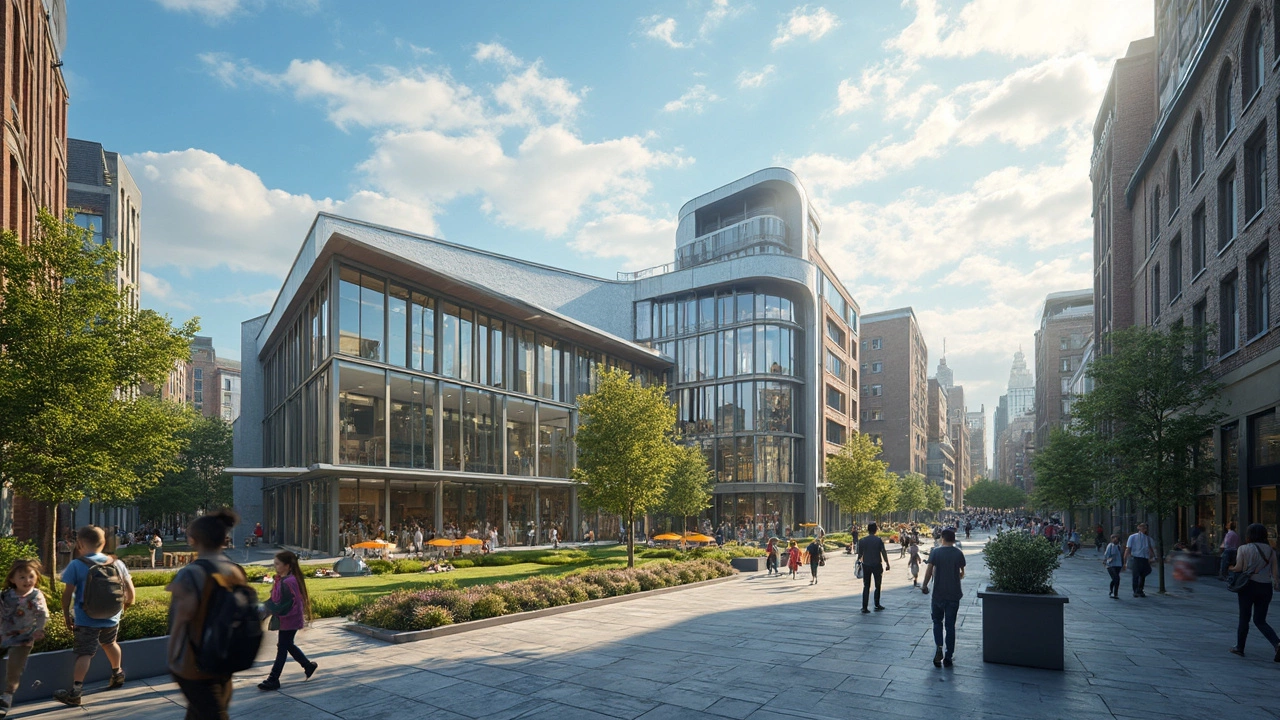Educational Facilities Flooring: What Schools Need to Know
Choosing floor covering for a school isn’t just about colour or trend. It’s about safety, durability and how easy it is to keep clean. A good floor can cut down on slips, stop mould from spreading and survive the daily hustle of busy classrooms.
First off, think about traffic. Hallways, gyms and cafeterias see a lot of footfall, so you need a material that won’t wear down quickly. Engineered hardwood, luxury vinyl plank and resilient rubber tiles are popular because they look good and can handle heavy use without gouging.
Keeping Indoor Air Healthy
Mould is a real threat in schools, especially in older buildings with poor ventilation. Choose flooring that resists moisture absorption – sealed vinyl or waterproof laminate are top picks. They don’t trap water, so if a spill happens the floor dries fast and you avoid the health risks that mould can bring.
Make sure the product has a low VOC (volatile organic compound) rating. Low‑VOC floors release fewer chemicals into the air, which helps keep indoor air quality safe for kids with asthma or allergies.
Practical Features for Everyday Use
Storage and tidiness matter in classrooms. Floors with a smooth, non‑porous surface are easier to sweep and mop, saving staff time. Some vinyl options even have anti‑slip textures that keep shoes from sliding on polished surfaces.
If you need a flexible space – think multipurpose rooms that become art studios, labs or performance areas – modular floor tiles are a smart choice. You can lift and replace a single tile if it gets damaged, without ripping up the whole floor.
Budget is always on the mind. While premium hardwood looks great, a high‑quality luxury vinyl plank can give a similar aesthetic for less money and with less maintenance. Many suppliers also offer bulk discounts for large projects like school districts.
Finally, plan for the future. Schools often need to upgrade technology, add new furniture or re‑configure layouts. A floor that can handle changes without cracking or showing wear will save money in the long run.
Bottom line: pick a floor that balances safety, durability, low maintenance and a clean look. Talk to a flooring specialist who knows the education sector, ask for samples, and check that the product meets fire‑rating and slip‑resistance standards. With the right choice, your school’s floors will stay fresh, safe and ready for the next generation of learners.
School Buildings: Commercial or Industrial?
- Gavin Whitaker
- |
- |
- 0
Ever wondered whether schools are considered commercial or industrial structures? This article dives into the nitty-gritty of what makes a school building commercial and why it matters. Focusing on zoning laws, construction materials, and purpose, we uncover the surprising truths and dispel common myths about educational facilities. This practical guide cuts through industry jargon to help you understand the essentials of school construction. Whether you're in the biz or just curious, this read's for you.
View more